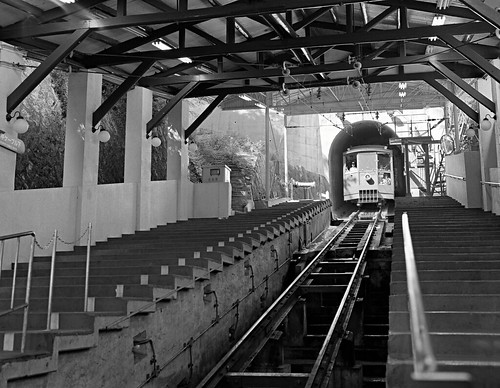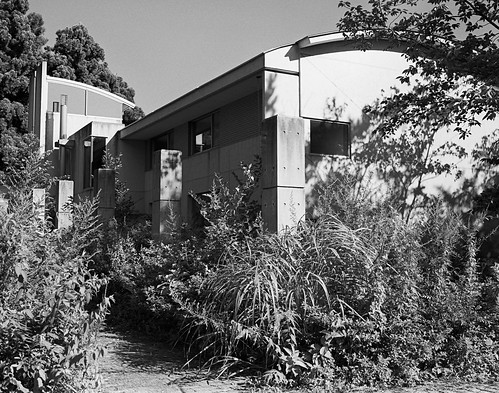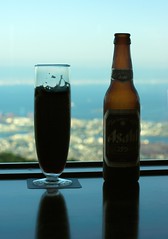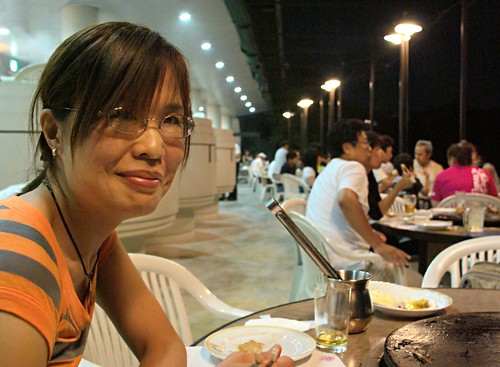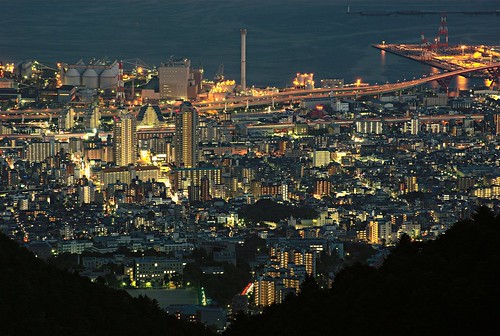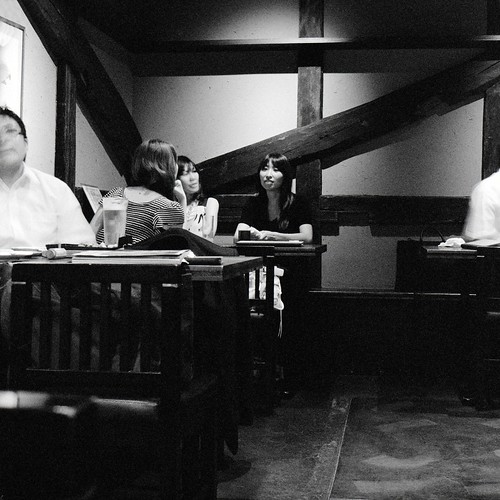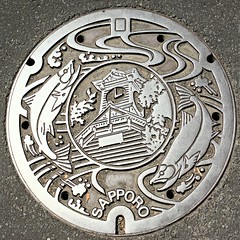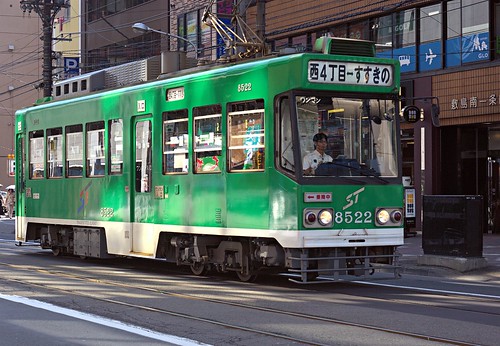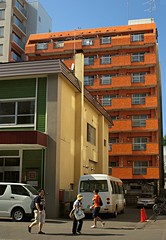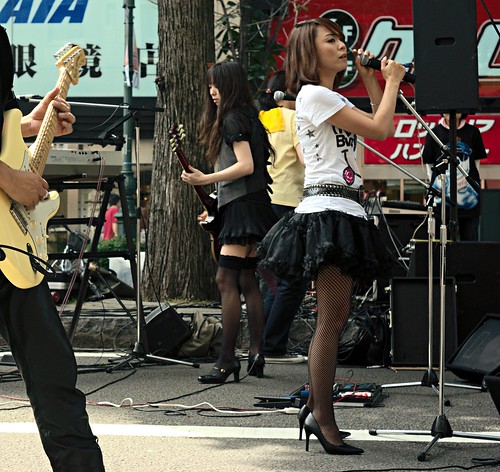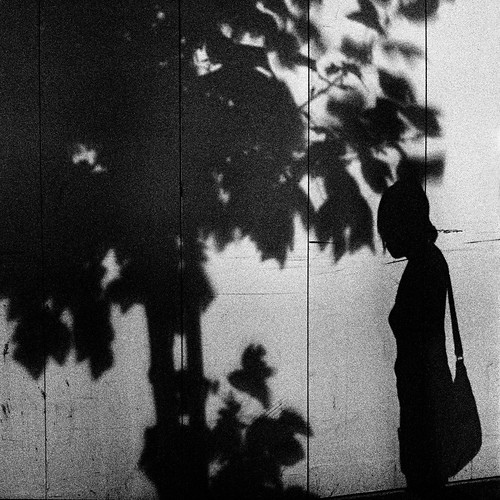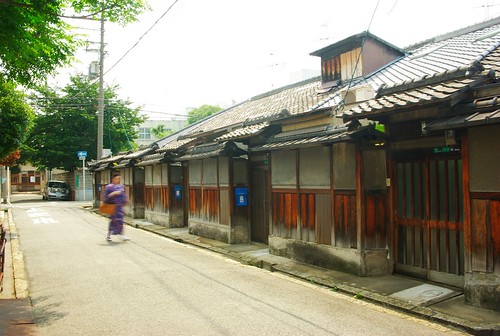* The DPJ had a good night, ending up with 308 seats. Not enough for a supermajority, but that matters little; they were pledged to govern in coalition before the election and they need the support of their coalition partners in the upper house. Besides, for the past couple of years the LDP has amply demonstrated how little use the supermajority override has in practice.
* The JCP (the Communist party) and the SDPJ (Social Democrats) stayed pat with 9 and 7 seats respectively. No idea how their support has changed as I haven't found any final vote percentages yet. Still, given that the current system disfafours small parties, they should probably be pleased they didn't lose any seats.
* LDP had a bad night, with 119 seats, down from 300. Not as bad as it could have been of course; they kept well above the psychological disaster zone of 100 seats. And the system exaggerates electoral shifts, so the support drop was not as large as the seat loss may indicate. I'll follow up on that once I find vote percentages.
* New Komeito did something I frankly didn't believe them capable of: losing almost a third of their seats in one go, inkluding that of party president Ota. They dropped from 31 seats to 21, losing every single single-seat district they had (eight seats before the election), retaining only proportional seats. They have an incredibly loyal, stable supporter core of Soka Gakkai members that will literally stay with the party until death. But it appears that the core is smaller than many people have been led to believe, and to me at least the party now looks a lot more vulnerable than it seemed before the election.
* The raving loons of the Happiness Realization party, political wing of the "Happiness Science" cult, didn't manage to do anything. They didn't come close anywhere; the most I've found was one guy in Hyogo that got about 10% of the vote, but typically their candidates got no more than 2%-4% of the local vote and often below one percent. They usually had 1/5 to 1/10 of the votes of the next to last finisher. Even independents of the "My Indignant Letters to City Hall are Ignored - I Will Run In the Election And Show Them All!"-variety frequently outpolled them. That said, I'm not sanguine about religious cults entering politics. The deserve being watched carefully and their insane beliefs called out, not just laughed at1.
* Aso will resign, as will most of the LDP party leadership. Several faction heads and other top members have lost their seats. Koike Yuriko lost, which is especially interesting as she was talked about as successor to Aso. Won't be easy when she lost her district. Noda Seiko, another high-profile female LDP member also lost her seat. The LDP seems to be postponing their party leader election (meant to be held at the end of September).
This makes it very clear just what kind of a pickle the LDP is in right now. Chains of command, orders of succession, carefully balanced power centers and webs of favours and counterfavours are all disrupted by the election. Their own decision structures are no longer fully in place any more and my guess it will take a good deal of time (and perhaps a great deal of infighting) simply to realign the party organization to the new reality of being a 100-seat opposition party and be able to make decisions as a unified body again. They need time to come to terms with not being in power, they need time to elect a new leader, to analyze the defeat and to come up with a constructive new set of policies.
This is time they really don't have. The next upper house election is next year (yay, we get to do this - speaker cars and everythng - all over again!), and they will need to present themselves as chasticed, reformed and unified of purpose if they don't want another beating at the polls. And remember, the upper house election is for half the house each time - the half up for election is weighing even between LDP/New Komeito and the other parties while the other half (elected in 2007) is already solidly DPJ. It means that LDP would need a clear majority win to get control over the upper house; drawing even would not do. Even a small slip would give sole control to the DPJ. And Komeito is clearly no longer in a position to pull their full weight in the next election either.
--
#1 This certainly applies for New Komeito/Soka Gakkai, Christian Democrat parties and others as well.







